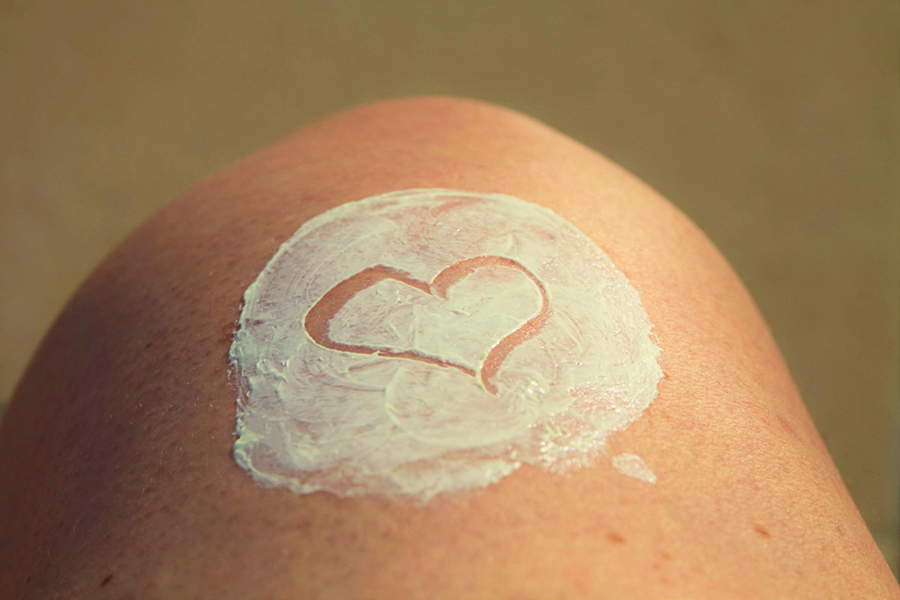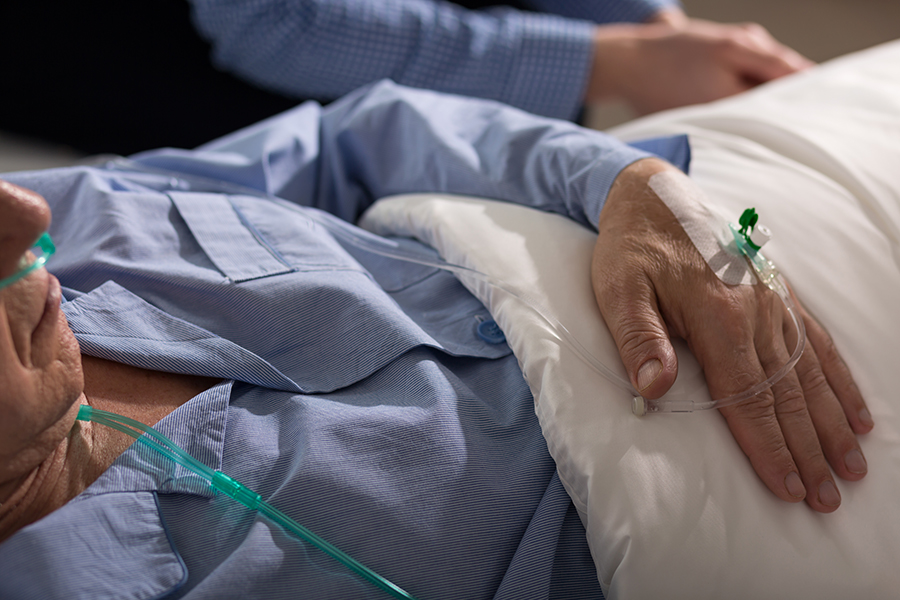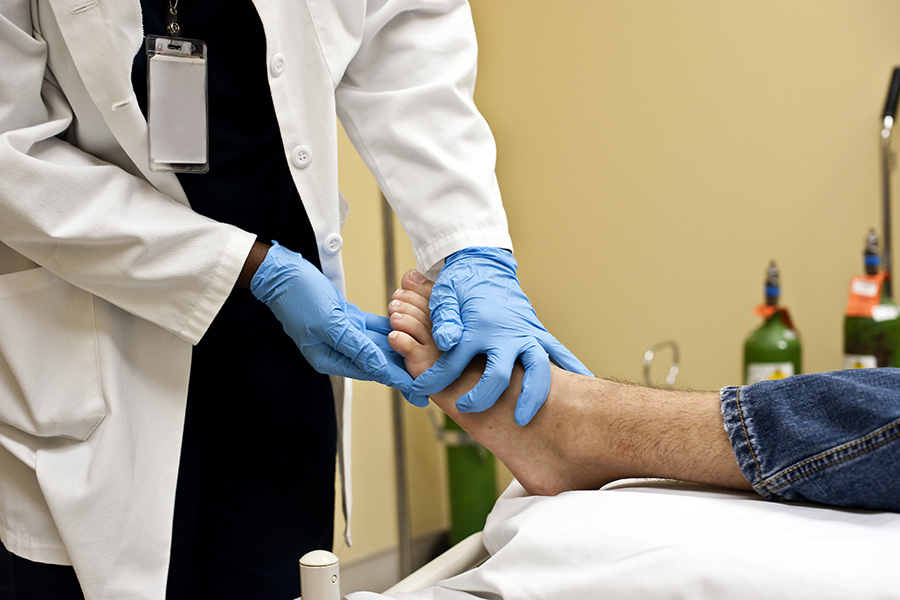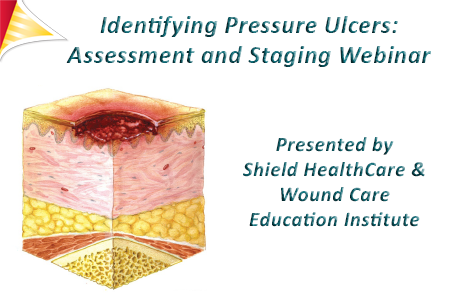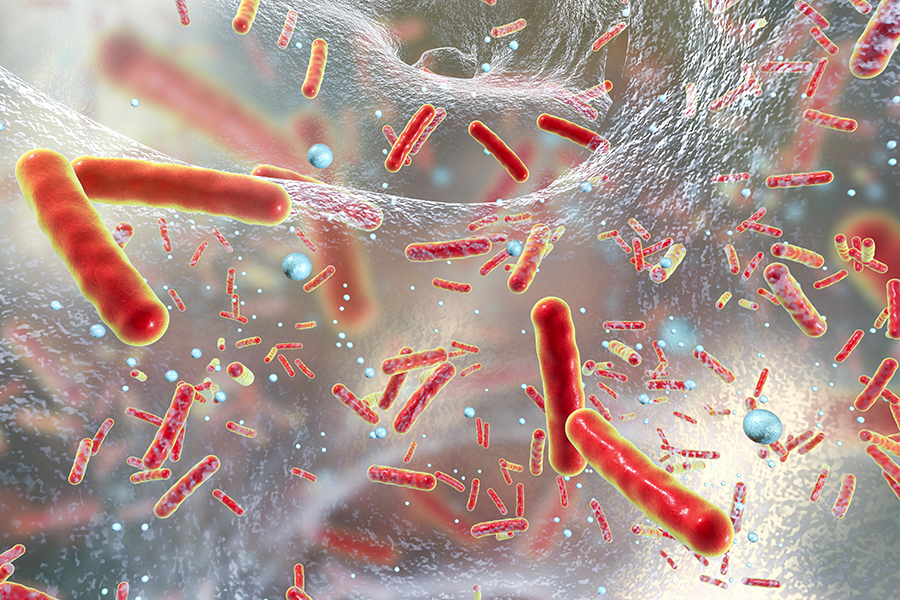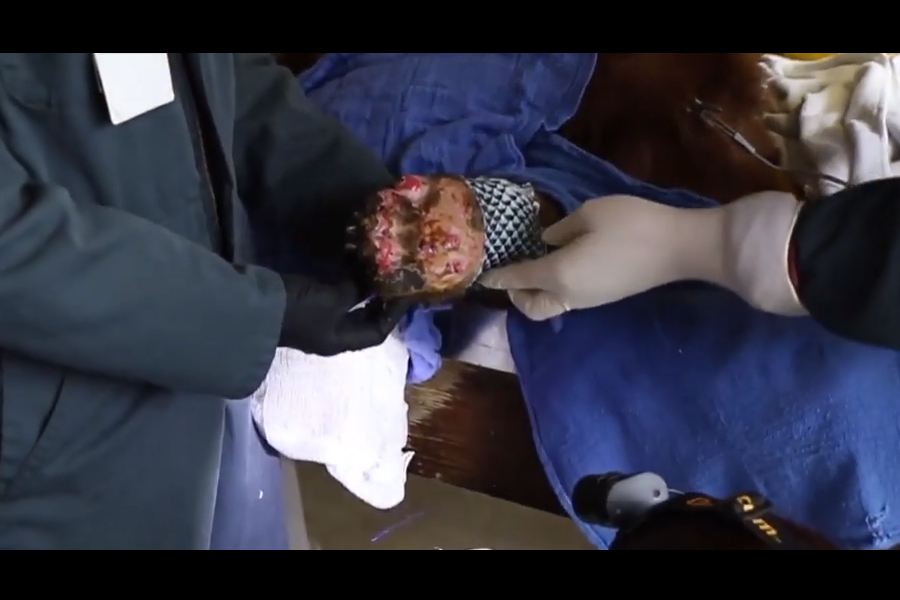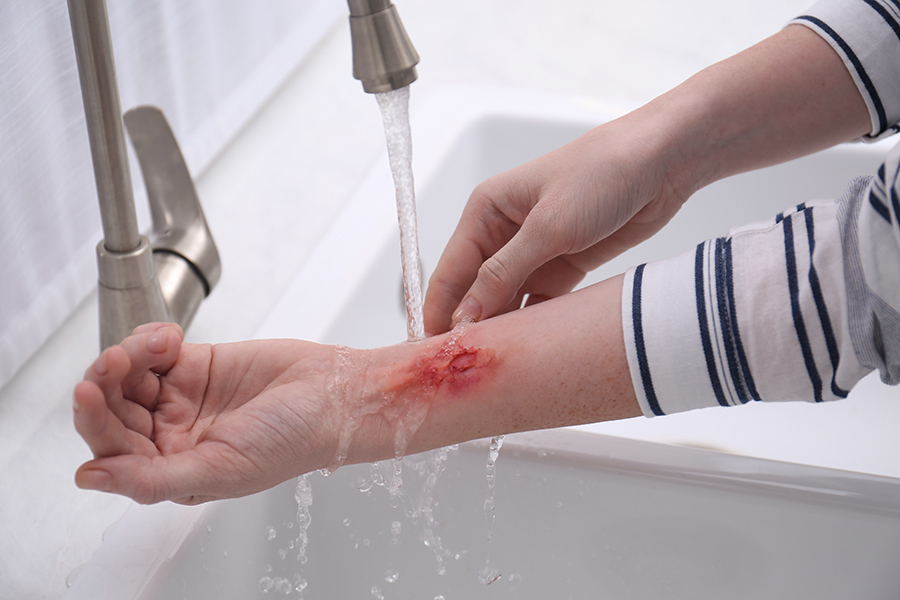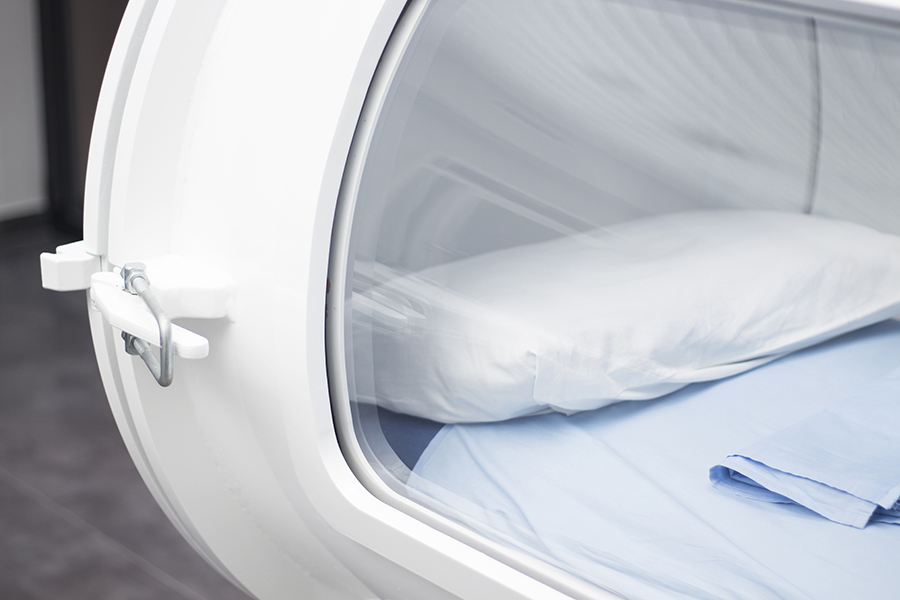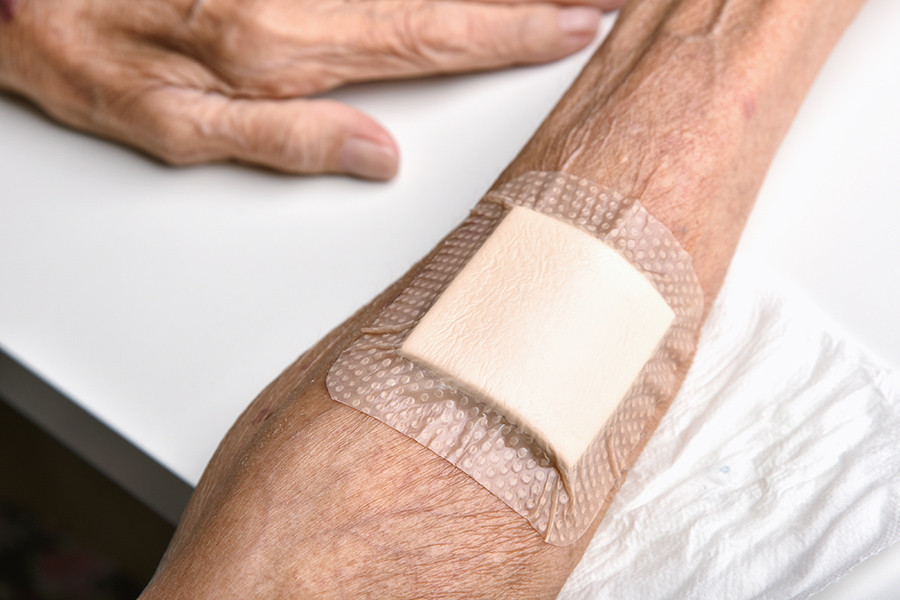Does air help wound healing?
Have you ever heard the phrase “My wound needs to ‘breathe’ in order to heal”? It’s a common misconception that wounds need to “air out” in order to heal.
For more than 50 years, healthcare professionals have known that a moist environment encourages faster replication of epithelial cells (the cells covering your skin, body cavities, and blood vessels), leading to faster wound healing. In 1962, Dr. George Winter identified that wounds managed in a moist environment showed better healing than wounds which were exposed to the air and allowed to dry. His work was the basis for the concept of moist wound healing, a concept reinforced in more than 40 subsequent studies.
See the table below for some of the advantages of moist wound treatment over dry wound treatment, with the associated studies that support each advantage.
Advantages of Moist Wound Treatment Over Dry Wound Treatment:
| Advantage | Experimental evidence | Clinical evidence |
|---|---|---|
| Up to 50% faster wound healing | Winter, 1962; Dyson et al, 1988 | Varghese et al, 1986; Falanga, 1988; Madden et al, 1989; Rubio, 1991; Beam, 2008 |
| Faster wound contraction | Wigger-Alberti et al, 2009 | |
| Enhanced and faster reepithelialisation | Eaglstein, 2001; Triller et al, 2012 | Jones and Harding, 2007 |
| Generally increase cellular proliferation | Romanelli et al, 2004; Attinger et al, 2008; Harding, 2012 | |
| Keratinocyte proliferation, fibroblast growth | Korting et al, 2011 | |
| Promotes angiogenesis/ revascularisation | Svensjö et al, 2000; Rusak and Rybak, 2013 | Field and Kerstein, 1994; Dowsett and Ayello, 2004 |
| Greater quantity and quality of ECM | Dyson et al, 1992; Mosti, 2013 | |
| Collagen synthesis | Chen et al, 1992; Leung et al, 2012 | |
| Lower rate of infection | Hutchinson and Lawrence, 1991; Kannon and Garret, 1995; Kirsner et al, 2004; NICE, 2008 | |
| Cleansing/irrigation | Dulecki and Pieper, 2005; Hall, 2007; Tao et al, 2015 | |
| Painless removal of the dressing without destroying newly formed tissue | Wiechula, 2003; Metzger, 2004; Coutts et al, 2008; Leaper et al, 2012 | |
| Less scarring and better cosmetic results | Atiyeh et al, 2003; Tandara et al, 2007; O’Shaughnessy et al, 2009; Mustoe and Gurjala, 2011 | Atiyeh et al, 2004; Metzger, 2004; Hoeksema et al, 2013 |
| Enhance autolytic debridement | Gray et al, 2005; King et al, 2014 | |
| Decrease in initial donor site pain and improved donor site healing | Weber et al, 1995 |
Why moisture helps wound healing
“Wounds need oxygen, but oxygen comes from the hemoglobin in your blood,” says Anita Prinz, RN, MSN, CWOCN, WCC, “not from the air.” Myth…busted!
Moisture is essential for the normal functioning and maintenance of healthy skin. Leaving a wound uncovered not only exposes open wounds to more bacteria and dirt, it can dry out the new cells our bodies are creating. This can increase pain as well as slow the healing process. Most wound treatments or products promote a moist — but not wet — wound surface.
Moisture balance is important. Have you ever taken off a bandaid and seen wrinkled, macerated skin beneath? Skin that is too moist (macerated) can also delay wound healing. Macerated skin is a less effective barrier against harmful microorganisms, increasing risk of delayed wound healing and potential complications such as infection, inflammation, and pain. Macerated skin and is also more fragile and more susceptible to injury.
While moist wound healing is generally preferred, it may not be appropriate in the following situations:
- Individuals with diabetes who have a dry necrotic toe that is being left to auto-amputate.
- Ulcerating cancer wounds (fungating wounds)
- Wounds due to calciphylaxis
- Wounds due to meningococcal sepsis
- Necrotising fasciitis being managed palliatively and not with immediate surgery to save life or limb.
- Those with a palliative diagnosis or in end-of-life care.
- Those with significant inoperable peripheral vascular disease with dry necrotic wounds.
- Elderly people are at high risk for skin tears due to the natural thinning of the skin and the flattening of the dermal plane.
How do Wounds Heal?
Wound healing is divided into four overlapping phases:
- Hemostatis: When your body stops the bleeding, or coagulation.
- Inflammatory: When your body destroys bacteria and removes debris in the wound.
- Proliferative: When your body focuses on filling in and covering the wound with new cells.
- Maturation: When your new tissue filling/covering the wound gains strength and flexibility.
You can explore the four main phases of wound healing in detail here: How Wounds Heal: The 4 Main Phases of Wound Healing.
Busting some commonly-held skin myths
Letting wounds breathe are not the only common misconception. Read below for more statements that bust some popular skin myths:
- All wounds are contaminated with bacteria, but not all wounds are infected.
- The collagen you buy in face creams will not promote wound healing.
- While sterile saltwater can help heal wounds, seawater is not good for wounds. Sea water is not sterile and can harbor bacteria that can cause infection.
- Hydrogen peroxide and alcohol are cytotoxic to open wounds (they kill good, healing cells along with bacteria). Use hydrogen peroxide and alcohol only on intact skin.
- The honey you buy in the store will not be effective for wound healing; only medical-grade honey is effective for wound treatment.
- Full thickness wounds are deep and fill with granulation tissue, not muscle.
For more information about wound healing, visit our wound care community.
Sources include:
- Moist wound healing: a concept that changed our practice
- Wound hydration versus maceration: understanding the differences
- nursinginpractice.com/clinical/mythbuster-i-need-to-let-the-air-get-to-this-wound
- Winter’s concept of moist wound healing: a review of the evidence and impact on clinical practice
- Anita Prinz, RN, MSN, CWOCN, WCC of the Wound Care Education Institute
- library.nshealth.ca/WoundCare/SkinTears






